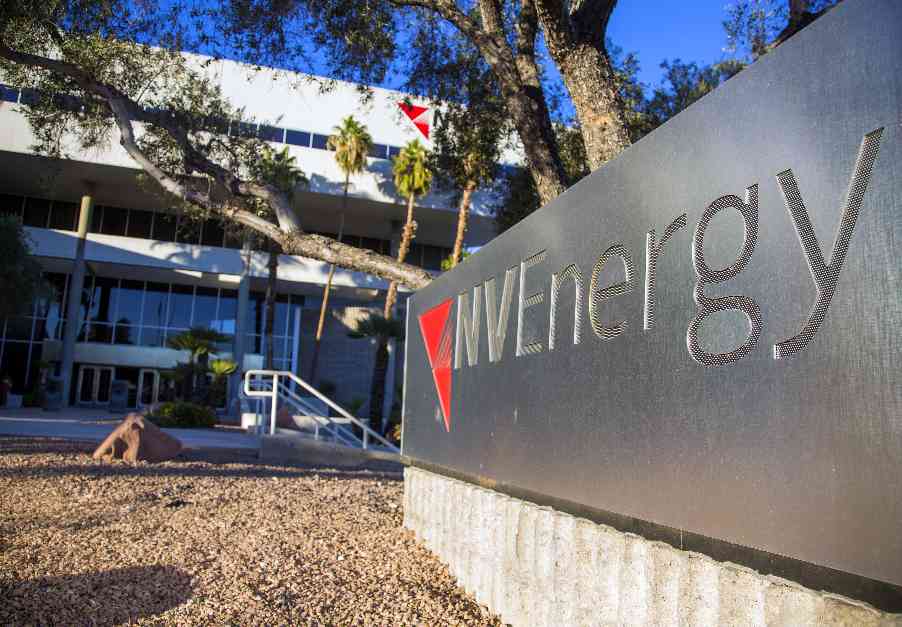NV Energy, along with the dedicated IBEW workers, is committed to providing reliable, safe, and affordable energy to customers. Recently, there have been some misconceptions regarding NV Energy’s plans, particularly in an op-ed by a representative of the Toiyabe Chapter of the Sierra Club.
It was mentioned in the op-ed that NV Energy is looking to invest in expanding the use of fossil fuels, which could potentially raise costs for ratepayers. However, this information is misleading. In reality, NV Energy’s proposal includes plans for over 1,000 megawatts of new solar and geothermal energy, as well as 1,000 megawatts of new battery storage. These projects are aimed at delivering clean, reliable, and affordable energy to customers.
While the proposal does involve adding more natural gas peaking units, these units are essential for ensuring reliable power during peak times, particularly in the summer months. It is a cost-effective solution compared to other alternatives and does not take away from NV Energy’s commitment to renewable energy.
Furthermore, there has been confusion regarding NV Energy’s Integrated Resource Plan and a separate filing related to a proposed change in the basic service charge for Northern Nevada customers. Adjusting the basic service charge is necessary to address the inequity where customers without rooftop solar end up subsidizing costs for those who do have it. This adjustment will not increase the average customer bill but will create stability and fairness for all customers.
NV Energy’s plan is focused on meeting the growing energy needs of Nevada, complying with renewable standards, and ensuring access to affordable and reliable energy. It aims to diversify the energy portfolio, maintain affordable rates, and generate economic activity that will benefit Nevada’s workers.
In conclusion, NV Energy’s proposal is forward-looking, comprehensive, and designed to meet the present and future energy needs of customers. It is a balanced approach that prioritizes customer needs, renewable energy goals, and economic growth for the state.



